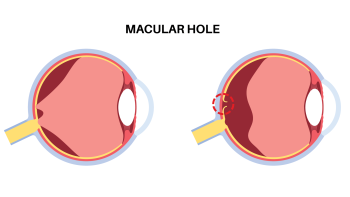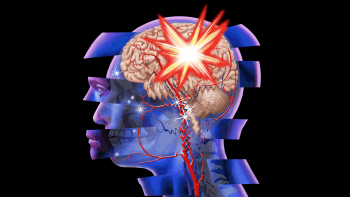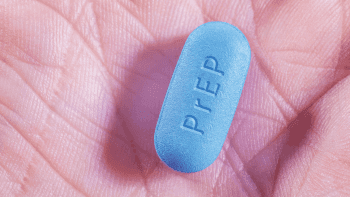Focus on growth rather than disorder.
The last several years have been tough as a result of the pandemic, social unrest, retention issues, burnout, and overwhelming exhaustion. Patients stay in our minds longer, and hope seems elusive.
Stress is a normal response to trying times, but many describe the pandemic’s impact as posttraumatic stress. This kind of stress hangs around and impacts your day-to-day well-being, resulting in posttraumatic stress disorder (PTSD).
The problem with PTSD is the laser focus on symptomology. We do a disservice to the healthcare profession if we think PTSD is the sum total of the outcomes from our service to our patients. There is more to the struggle of the last 2 years than PTSD.
Self-care during a single shift
Post-traumatic growth and compassion: Tools to navigate the pandemic
It’s time for a paradigm shift. To change the state of healthcare, we need to:
- Balance the narrative: We must move beyond focusing on disorder, diagnosis, dysfunction, and diminishment, and talk about post-traumatic growth (PTG), in addition to PTSD.
- Normalize struggle: The professional and personal stressors associated with being a nurse are immense. As a result, the question isn’t whether a nurse will struggle, but rather, how they’ll struggle. Training that normalizes the impact of the profession is a critical part of lifting the stigma associated with struggle and seeking help.
- Integrate wellness and PTG into training: We must integrate training focused on nurse well-being in the same form and fashion, and with the same regularity, as any other critical skill set. We shouldn’t view it as an ancillary topic in the context of training. We don’t need to just teach wellness ourselves; we need to make it a part of the fabric of who we are.
- Institutionalize wellness and PTG training. Embedding this training into the entire lifecycle of a nurse’s career should begin in nursing school and continue through their transition out of the workforce.
Drs. Stephen Trzeciak and Anthony Mazzarelli posit in their book Compassionomics that leaning into caring makes a difference. The authors champion a vision of rediscovering our call of caring as an antidote to burnout and posttraumatic stress. Evidence supports this. Boulder Crest Foundation’s work in PTG has demonstrated significant improvements in the PTG inventory in populations that integrate wellness into organizational culture. Outcomes improve when we institutionalize gratitude, discover new possibilities, develop personal strength, nurture relationships, see an appreciation for life, and explore spiritual and existential belief in the work that we do. There is more to the last 2 years than posttraumatic stress. The question is: Do you want to see your future as one of posttraumatic stress disorder or posttraumatic growth? Do you want the D or the G? =
This article is sponsored content supplied to American Nurse Journal by FirstNet and is not peer reviewed. Content has been reviewed by ANJ editorial staff for accuracy. FirstNet and the FirstNet logo are registered trademarks and service marks of the First Responder Network Authority.


















